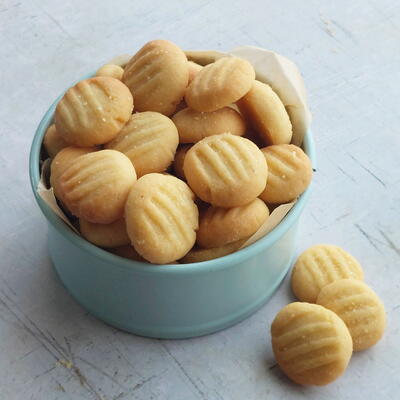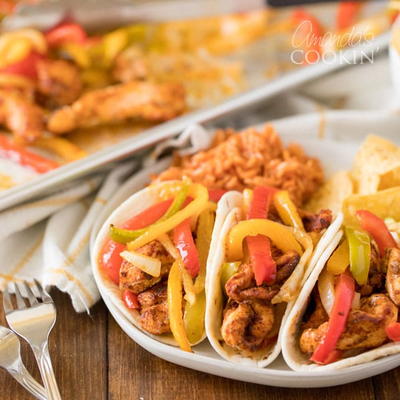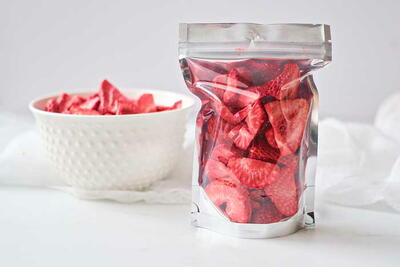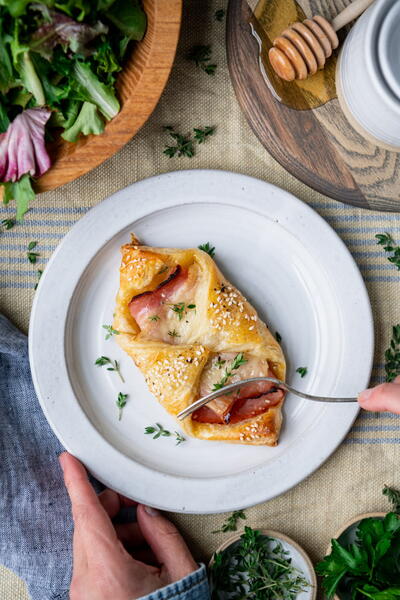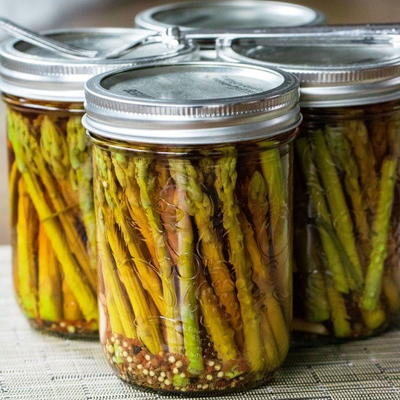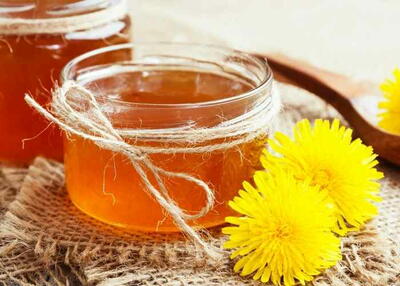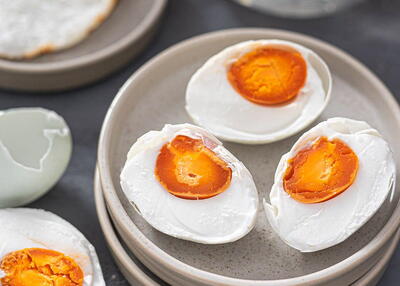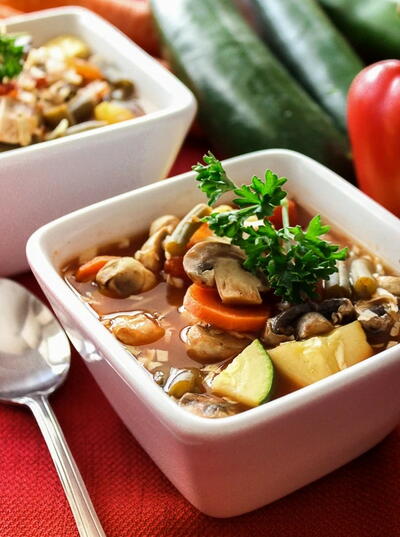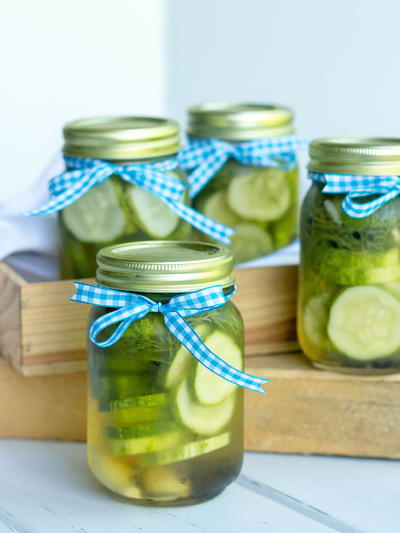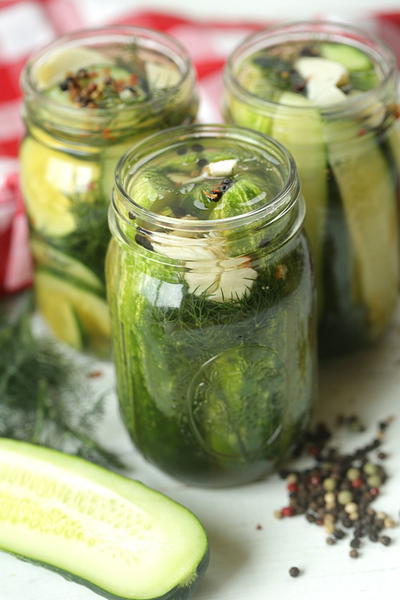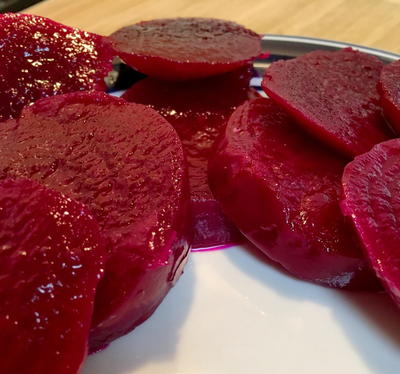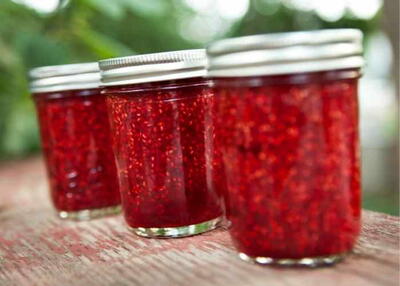Sweet Pickles Christmas Pickles
Ingredients
- Into a clean stone jar put 2 gallons of small well washed cucumbers.
- To avoid shriveling, trim the tips off the ends of the smaller [1-2
- inches] cucumbers, either cut 2-3 inch long cucumbers in half or
- prick them through in several places with a silver or stainless
- steel fork, cut the longer [3-4 inches] cucumbers perpendicular to
- their length into 3/4-1 inch chunks and cut the longest cucumbers
- into 1/2-3/4 inch chunks.
Instructions
FERMENTING: Dissolve 2 cups of salt in one gallon of boiling water and pour while hot over pickles. Cover and weight down pickles; let stand for at least 1 weeks in a cool dark place. If scum forms, remove it each day! DESALTING: On the eighth day, drain, then pour 1 gallon of boiling water with 2 tablespoon of powdered alum over the pickles and let stand 24 hours. On the following day or tenth day, day, drain again, pour 1 gallon boiling water over them; let stand 24 hours then drain. PICKLING: For the pickling mixture, combine green food coloring, 5 pints of vinegar boiling hot, 6 cups of sugar, 3 tablespoons whole allspice, 1 ounce (or 3 T. broken) cinnamon stick. Pour this over the pickles. For the next 6 mornings, drain and reserve the syrup from the pickles; add 1 cup sugar each morning to the syrup, reheat and pour back over pickles. With sixth and last heating pack pickles into sterilized canning jars, cover pickles with boiling syrup and seal at once. Process at 212 F for 10-20 minutes in a boiling water bath canner. Notes: If you especially like the small pickles, consider growing your own pickling variety of cucumbers. Use only freshly harvested, immature cucumbers. Cucumber under 4 inches in length are best, but sometimes one must use the longer ones just to have enough for a batch. DO NOT USE WAXED CUCUMBERS. Use pure granulated or pickling salt. Un-iodized salt can be used, but additives in the salt that prevent caking may make the brine cloudy. IODIZED TABLE SALT SHOULD NOT BE USED! WATER: Soft water should be use for making solutions and for the desalting process. SUGAR: Use white granulated cane or beet sugar. VINEGAR: Use a high-grade cider or white distilled vinegar of four to six percent acidity. Avoid colored cider. SPICES: Use fresh whole spices not the ground powdered forms. ALUM: The Ball Blue Book recommends alum NOT be used because it may cause digestive upset if used in excess. It is used to add crispness or firmness to pickles. GREEN FOOD COLORING: Use only enough to produce a pleasing dark-green color. Again the Ball Blue Book does not recommend the use of coloring agents but does not explain why. A plate that just fits into the stone jar can be used as a floating lid with a bottle of water for the weight. Do not allow the pickling fluid to swash onto the top of the plate. It is important to remove the scum. If the scum is left on, it will destroy the acidity of the brine and result in spoilage. For desalting, the Ball Blue Book recommends using 4 hot water (180 F) exchanges over a 12 hour period with a final 12 hour soak in a weak vinegar solution (1 part water to 3 parts vinegar). Standard 1 pt. home canning jars are the ideal size. Both zinc caps or the two-piece vacuum caps can be used as lids. The latter are perhaps better. Using the wire bails with glass lids would add a pleasing antique appearance. The original recipe was obtained from a relative in Iowa. This recipe produces attractive dark-green sweet-pickles that appear on many a Christmas dinner table.
Read NextBest-Ever Refrigerator Dill Pickles

